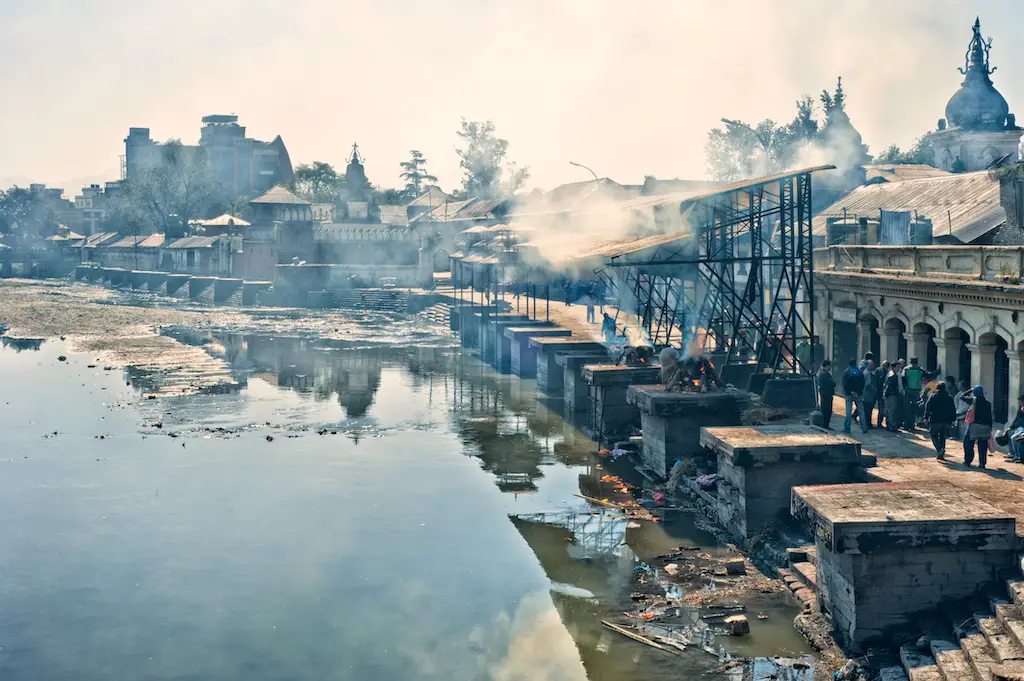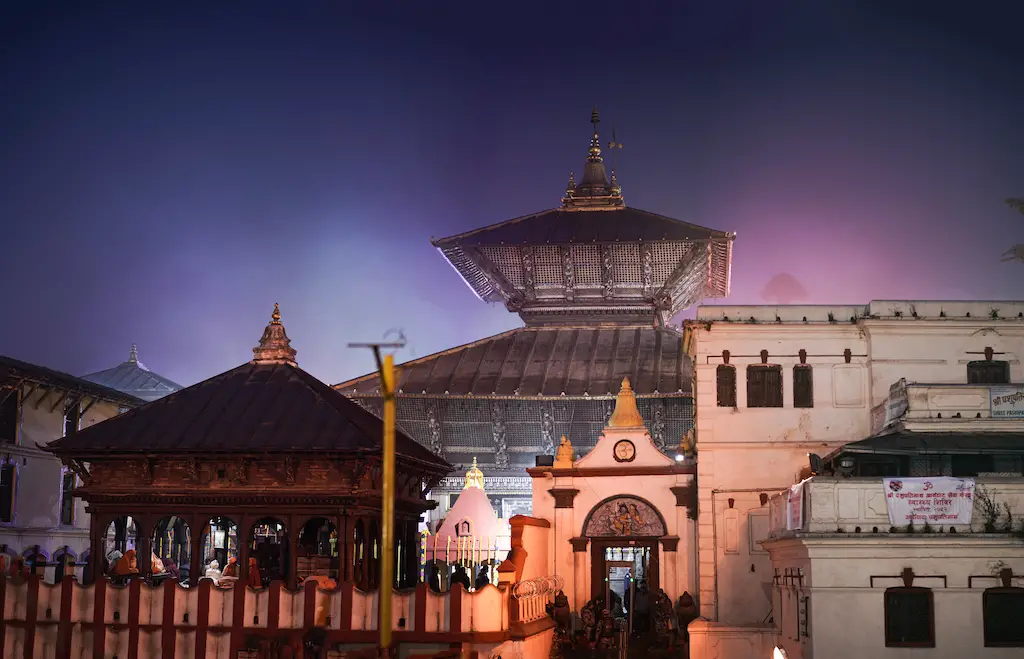Nepal is a country that is rich in history and culture, and one of its most iconic landmarks is the Pashupatinath Temple (Mandir). This temple is located on the banks of the Bagmati River, just a few kilometres from the capital city of Kathmandu. It is a holy site for Hindus, who come from all over the world to pay their respects to Lord Shiva, one of the most important deities in the Hindu religion. The temple is known for its stunning architecture, intricate carvings, and beautiful gardens, making it a must-see destination for anyone visiting Nepal. In this blog post, we will explore the history of the Pashupatinath Temple and why it is such an important place for Hindus.
Pashupatinath Temple History
The Pashupatinath Temple, located in Kathmandu, is the oldest Hindu temple in the city. The temple’s existence can be traced back as early as 400 CE, and it is home to an ornate pagoda that houses the linga of Shiva. While the exact date of its construction is uncertain, the current form of the temple was built in 1692 CE. The temple complex has grown over time, erecting many additional temples around the original two-storied temple. These include the Vaishnava temple complex, which features a Rama temple from the 14th century, and the Guhyeshwari Temple, which is mentioned in an 11th-century manuscript. According to the Nepal Mahatmaya and Himvatkhanda, the deity worshipped at Pashupatinath Temple gained great fame as Pashupati.
The history of the Pashupatinath Temple is also intertwined with the history of Nepal itself, as it has played a significant role in the country’s religious and cultural identity. The temple has been the site of many important events throughout history, including the coronation of Nepal’s kings and the cremation of its royal family members.

What are the Legend/Puranas of the Pashupatinath temple?
According to legend, Shiva and Parvati transformed into antelopes and roamed the forest on the east bank of the Bagmati River. The gods eventually caught up with Shiva and seized one of his horns, compelling him to revert to his divine form. The broken horn was revered as a linga but eventually got buried and lost over time. Many years later, a herdsman witnessed one of his cows pouring milk on the ground, and upon digging the site, he found the holy linga of Pashupatinath.
What is special about Pashupatinath temple?
The Pashupatinath Temple remains an important destination for Hindus seeking blessings from Lord Shiva and offering their prayers. It is believed that performing rituals and visiting this temple can lead to spiritual enlightenment and release from the cycle of birth and death.
Why is Lord Shiva called Pashupatinath?
Lord Shiva is called Pashupatinath because he is the Lord of all living beings. He protects all animals and is known as the divine shepherd. “Pashupati” means “Lord of creatures,” and Lord Shiva is the ultimate ruler of all creatures. Many worshipped him as the God of animals, and his temples are often visited by devotees who seek his blessings to protect their livestock. Lord Shiva’s compassion towards all living beings makes him the ultimate Pashupatinath.
What is the best time to visit Pashupatinath temple?
The best time to visit Pashupatinath temple is during the Maha Shivaratri festival. This festival is celebrated in February or March and attracts thousands of devotees from all over the world. The temple is also less crowded during the monsoon season, which runs from June to August. However, the weather can be unpredictable during this time, so it’s important to pack accordingly. Regardless of when you visit, be sure to dress modestly and show respect for the temple and its traditions.
How to reach Pashupatinath temple in Kathmandu?
There are a few options available to reach Pashupatinath temple in Kathmandu. The most convenient way is to hire a taxi or app-based service like Pathao or Indrive, which will take 15-20 mins. You can also take a local bus from the city centre, which will drop you off near the temple. If you prefer to walk, it will take approximately 40-45 minutes from Thamel to reach the temple. The temple is located on the banks of the Bagmati River and is easily accessible from any part of the city. It is advisable to dress modestly and respect the customs and traditions of the temple when you visit.
Conclusion
In conclusion, the Pashupatinath Temple is a true gem of Nepal, a testament to the country’s rich history and cultural heritage. Its significance to the Hindu religion and the Nepalese people cannot be overstated, making it a must-visit destination for anyone seeking to explore the country’s past and present.






Leave a Reply